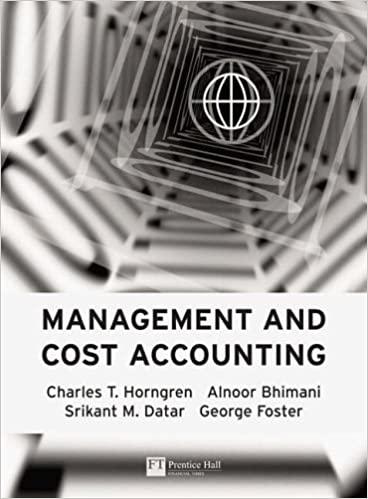Polaski Company manufactures and selis a single product called a Ret. Operating at capacity, the company can produce and sell 36,000 Rets per year. Costs associated with this level of production and sales are given below. The Rets normally sell for $50 each. Fixed manufacturing overhead is $252,000 per year within the range of 28,000 through 36,000 Rets per year Required: 1. Assume due to a recession, Polaski Company expects to sell only 28,000 Rets through regular channels next year. A large retail chain offered to purchase 8,000 Rets if Polaski will accept a 16% discount off the regular price. There would be no sales commissions on this order, thus, varibble selling expenses would be slashed by 75%. However, Polaskl Company would have to purchase a special machine for $16,000 to engrave the retall chain's name on the 8,000 units. Polaski Company has no assurande that the retail chain will purchase additional units in the future. What is the financial advantage (disadvantage) of accepting the special order? Note: Round your intermediate calculations to 2 decimal places. 2. Refer to the original data. Assume Polaski Company expects to sell 28,000 Rets through regular channels next year. The US. Army would like to make a one-time-only purchase of 8,000 Rets. The Army would reimburse Polaski for all of the variable and fixed production costs assigned to the units by the company's absorption costing system, plus it would pay an additional fee of $1.40 per unit. Because the army would pick up the Rets with its own trucks, there would be no variable selling expenses associated with this order. What is the financial advantage (disadvantage) of accepting the U.S. Army's special order? 3. Assume the same situation as described in (2) above, except the compony expects to sell 36,000 Rets through regular channels next year. Thus, accepting the US. Army's order would require giving up regulaf sales of 8,000 Rets. Given this new information, What is the financial advantage (disadvantage) of occepting the US Army's special order? The Rets normally sell for $50 each. Fixed manufacturing overhead is $252,000 per year within the range of 28,000 through 36,000 Rets per year. Required: 1. Assume due to a recession, Polaski Company expects to sell only 28,000 Rets through regular channels next year. A large retall chain offered to purchase 8,000 Rets if Polaski will accept a 16% discount off the regular price. There would be no sales commissions on this order, thus, variable selling expenses would be slashed by 75%. However, Polaski Company would have to purchase a special mochine for $16,000 to engrave the retail chain's name on the 8,000 units. Polaski Company has no assurance that the retail chain will purchase additional units in the future. What is the financial advantage (disadvantage) of accepting the special order? Note: Round your intermediate calculations to 2 decimal places. 2. Refer to the original data. Assume Polaski Company expects to sell 28,000 Rets through regular channels next year. The U.S. Army would like to make a one-time-only purchase of 8,000 Rets. The Army would reimburse Polaski for all of the variable and fixed production costs assigned to the units by the company's absorption costing system, plus it would pay an additional fee of $1.40 per unit. Because the army would pick up the Rets with its own trucks, there would be no variable selling expenses associated with this order. What is the financial advantage (disadvantage) of accepting the U.S. Army's special order? 3. Assume the same situation as described in (2) above, except the company expects to sell 36,000 Rets through regular channels next year. Thus, accepting the U.S. Army's order would require giving up regular sales of 8,000 Rets. Given this new information, what is the financial advantage (disadvantage) of accepting the U.S. Army's special order








